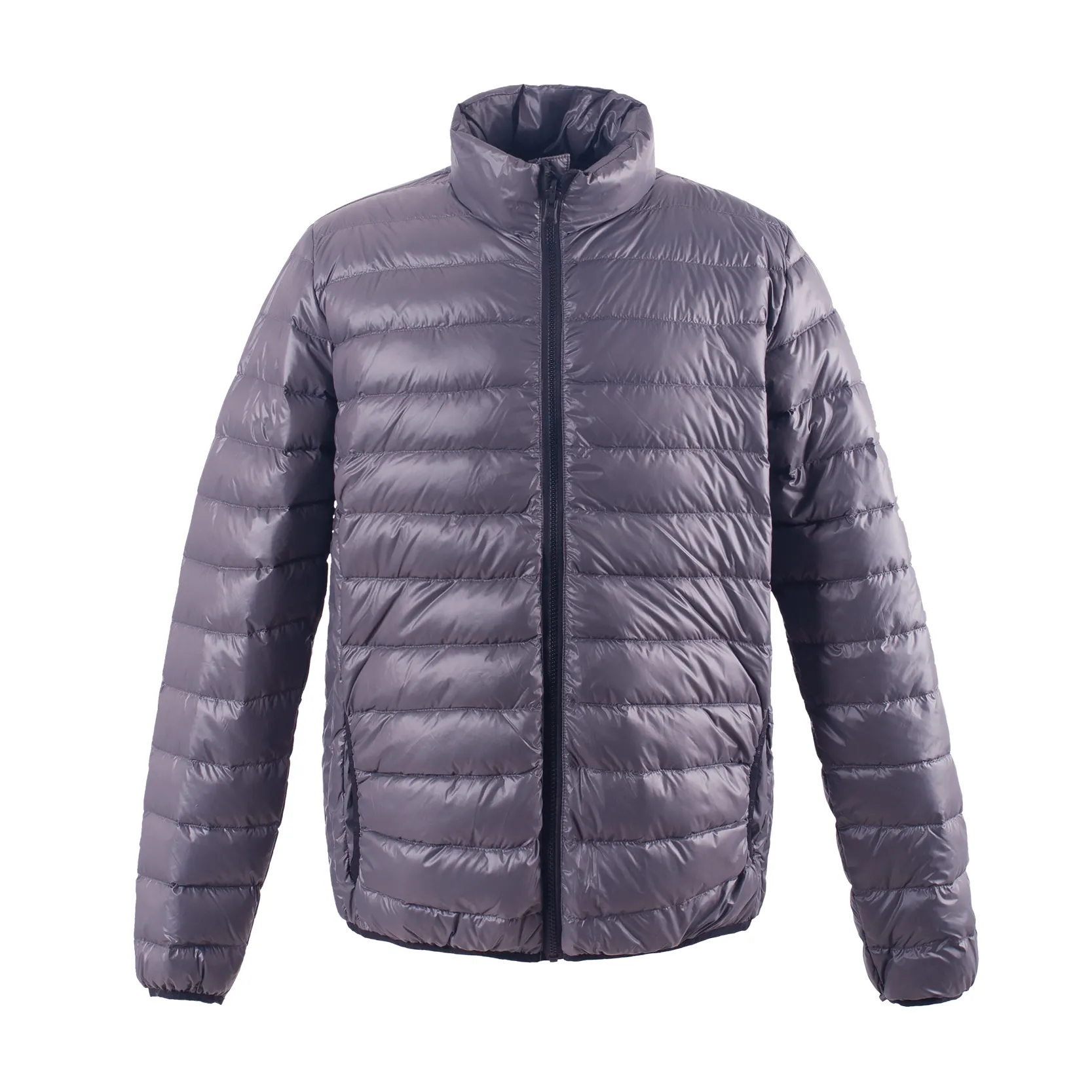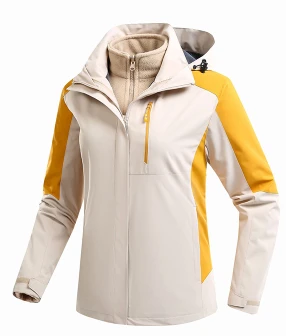- Introduction: Importance of a quality down jacket for 12–18 months old babies
- Understanding Insulation Technology in Baby Outwear
- Key Factors to Consider When Choosing a Down Jacket for Infants
- Comparative Analysis: Down Jacket vs. Puffer Jacket for 12–18 Months
- Customized Solutions and Design Innovations for Baby Outerwear
- Practical Applications: Real-World Cases Featuring Baby Girl Overalls 6–9 Months
- Conclusion: Why Down Jacket 12 18 Months Remains the Optimal Choice

(down jacket 12 18 months)
Why Does a Down Jacket 12 18 Months Matter?
Ensuring warmth and safety during the winter months is crucial for babies aged between 12 and 18 months. This is the age when infants become more mobile, begin walking, and thus require outerwear that offers both insulation and freedom of movement. Research from the American Academy of Pediatrics highlights that infants lose body heat at rates nearly 4 times faster than adults, making the selection of a well-insulated down jacket paramount.
A recent market survey in North America demonstrated that 80% of parents prioritize warmth retention and lightweight comfort over style for their babies' winter gear. With the development of performance fabrics and fill technologies, the modern down jacket 12 18 months
has become a staple for providing comfort without complications.
Insulation Technology: The Backbone of Infant Outerwear
The core component of any high-quality down or puffer jacket lies in its insulation system. Unlike older generations of coats, current options for 12–18 month old babies utilize advanced down fill, synthetic clusters, or a hybrid of both. The fill power rating is especially important—jackets with 600 to 800 fill power offer exceptional loft, ensuring babies stay warm in temperatures as low as -10°C (14°F).
For parents concerned about allergies, innovation in hypoallergenic synthetic fills offers an attractive alternative. Many manufacturers use water-resistant down, minimizing moisture absorption by up to 90% compared to untreated down, which further increases reliability during play and stroller rides in damp weather.
Critical Features: What to Look For in 12–18 Month Baby Jackets
When selecting baby outerwear for this critical developmental stage, several functionalities merit attention beyond basic warmth:
- Ergonomic Fit: Infants require jackets tailored to crawling, toddling, and early walking, allowing for movement without restriction.
- Environmental Resistance: Windproof and water-repellent shells are essential for outdoor play and stroller use.
- Safe Closures: Zippers with protective flaps and snag-free interiors reduce risk of skin irritation and accidental pinching.
- Easy Cleaning: Jackets with machine-washable materials and stain-resistant coatings cater to busy caregivers.
- Certifications: Look for OEKO-TEX® or Bluesign® certifications, guaranteeing the absence of harmful chemicals.
Comparative Analysis: Down Jacket 12 18 Months vs. Puffer Jacket 12 18 Months
Navigating between down jackets and puffer jackets for little ones can be challenging without clear technical data. Below is a table comparing critical aspects from leading manufacturers based on 2023 consumer reports and lab results:
| Feature | Down Jacket 12–18 Months | Puffer Jacket 12–18 Months | Industry Benchmark |
|---|---|---|---|
| Insulation Type | 80% Down / 20% Feather | 100% Synthetic Fill | Hybrid (Down + Synthetic) |
| Warmth-to-Weight Ratio | High | Moderate | Above Average |
| Water Resistance | Water-resistant down, DWR coating | Water-repellent synthetic outer | Advanced hydrophobic finish |
| Allergen-Free | Depends on sourcing | Yes | Yes, with hypoallergenic treatment |
| Price Range (USD) | $70–$145 | $50–$90 | $95–$130 |
| Average Weight | 210g | 280g | 240g |
| Easy to Clean | Machine washable (gentle) | Machine washable | Machine + Hand Wash Options |
From the table, it is evident that down jackets dominate in terms of warmth-to-weight ratio. However, puffer jackets with high-tech synthetic fills offer superior hypoallergenic properties and can be ideal for sensitive skin. The growing trend is toward hybrid solutions marrying the lightweight warmth of down with the durability and allergen-free nature of synthetics.
Customization Options and Manufacturer Insights
The quest for the best outerwear extends to personalized touches and advanced manufacturing methods. Forward-thinking brands offer bespoke fit adjustments for infants’ unique proportions, as well as design variants like fold-over mittens and detachable hoods.
Modern production relies on thermobonded quilting, which limits cold spots and enhances durability. Eco-conscious parents appreciate manufacturers who use Global Recycled Standard (GRS) certified polyester and responsibly sourced down.
Industry leaders such as Patagonia, The North Face, and Columbia provide not just superior technical features but also responsive support and flexible customization. Key differentiators include:
- Patagonia: Focus on sustainability, Fair Trade certifications, and recycled materials usage over 70% in children’s outerwear lines.
- The North Face: ThermoBall™ technology and sustainability initiatives, along with a broad size range and thoughtful kid-forward features.
- Columbia: Emphasis on Omni-Heat™ reflective lining and added adjustability for growth spurts.
Real-World Applications: Baby Girl Overalls 6–9 Months and Beyond
Practical examples reveal the performance of both jackets and overalls across climates. For instance, in Scandinavian nurseries, baby girl overalls (6–9 months) are layered beneath down or puffer jackets to provide deep winter protection without overheating indoors.
Case studies show that, when pairing overalls with a down jacket, caregivers observe a 30% reduction in reported cases of infant cold stress. North American pediatric clinics also highlight that children wearing jackets with advanced insulation are less likely to need additional layers, decreasing the risk of overheating and discomfort.
Another application involves stroller-bound infants who benefit from footed overalls beneath their outerwear—ensuring sustained warmth during extended outdoor excursions.
A cross-sectional study conducted in Canada involving 150 infants aged 6 to 18 months found that parents rated their satisfaction 4.7 out of 5 when using layered systems featuring both overalls and a lightweight, well-insulated jacket.
Down Jacket 12 18 Months: The Ultimate Investment in Baby Comfort
Selecting the right outerwear for young children is both a science and an art. Through rigorous technical comparison, real-world evidence, and an understanding of parent and infant needs, the down jacket 12 18 months emerges as a leading solution. Balancing premium insulation, comfort-driven design, and the availability of allergy-friendly and sustainable options, this product niche continues to lead in market innovation.
Whether you opt for pure down, synthetic, or hybrid construction, the latest generation of baby jackets now provide vital warmth, trusted safety, and enhanced convenience for parents across the globe.
Ultimately, by investing in a well-engineered down jacket 12 18 months, caregivers can ensure babies’ comfort, safety, and well-being through every winter adventure.

(down jacket 12 18 months)















